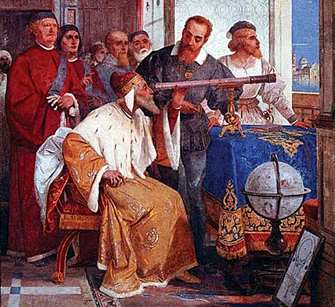|
Bodyguards rushing Pope John Paul II to safety after he was shot in Saint Peter's Square by Turkish extremist Mehmet Ali Agca, May 13, 1981. St. Pope John Paul II meets with Mehmet Ali Agca, the man who tried to assassinate him, in a Roman prison cell, 1983. Riding in his Popemobile across Piazza san Pietro on May 13, 1981, Pope John Paul II was shot by Mehmet Ali Aqca, who had escaped from a Turkish prison after receiving a life sentence for murdering a journalist. Aqca fired four shots with his pistol with two shots striking the Pope in his lower abdomen, and two more in his arm and finger. There were also two other people who were shot and survived. Aqca had an accomplice who was supposed to set off a bomb but instead fled the scene. Both Aqca and Oral Celik were captured and arrested. The Pope survived his severe injuries, and then asked Catholics to pray for Aqca, whom he had forgiven. An Italian court sentenced Aqca to life in prison. In 1983, John Paul II visited him in his stark prison cell and spent time praying and talking. The Pope stayed in touch with Aqca’s family during the years and in 2000 requested his pardon. The request was granted. Aqca was released and deported to Turkey, where he was imprisoned for the life sentence he had fled decades prior. He converted to Christianity while incarcerated, and was finally released in 2010. In December 2014, Aqca returned to Rome and laid two dozen white roses at the pope’s tomb. The act of forgiveness is a powerful tool in life
that many of us have yet to master. --Jerry Finzi Museo Galileo - Museum of the History of Science in Florence  Galileo invented many mechanical devices besides the telescope, such as the hydrostatic balance, a pendulum clock and a high power water pump powered by one horse. Of course, his most famous invention was the telescope. Galileo made his first telescope in 1609, modeled after telescopes produced in other parts of Europe that could magnify objects three times. He created a telescope later that same year that could magnify objects twenty times. You might argue that although he didn't invent the first telescope, he obviously improved upon it. With this telescope, he was able to look at the moon, discover the four satellites of Jupiter, observe a supernova, verify the phases of Venus, and discover sunspots. His discoveries proved the Copernican system which states that the earth and other planets revolve around the sun. Prior to the Copernican system, it was held that the universe was geocentric, meaning the sun revolved around the earth |
On Amazon:
|









 RSS Feed
RSS Feed
